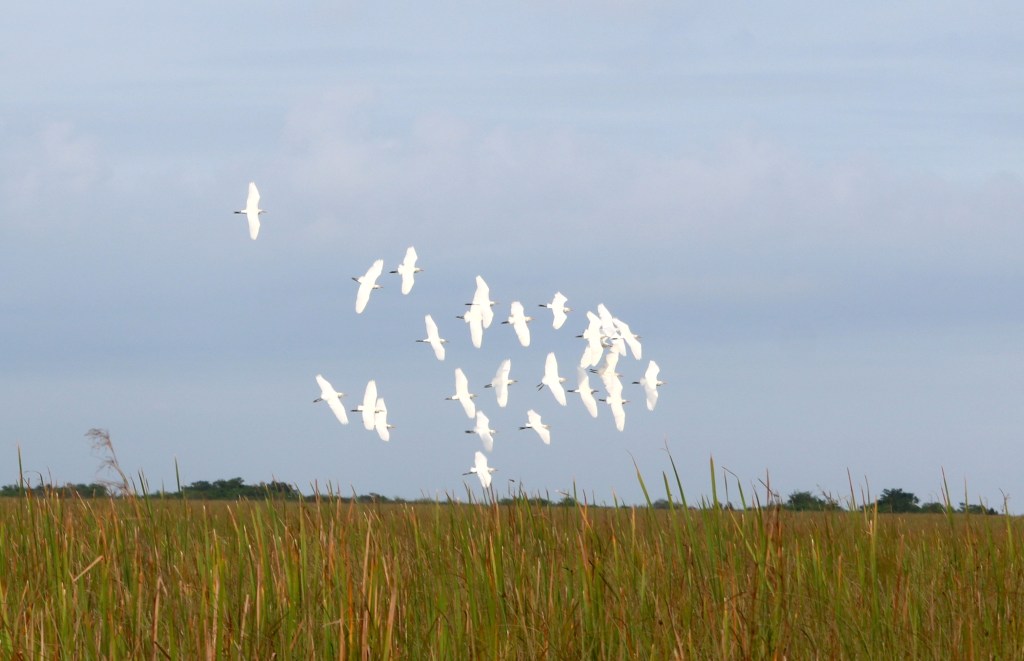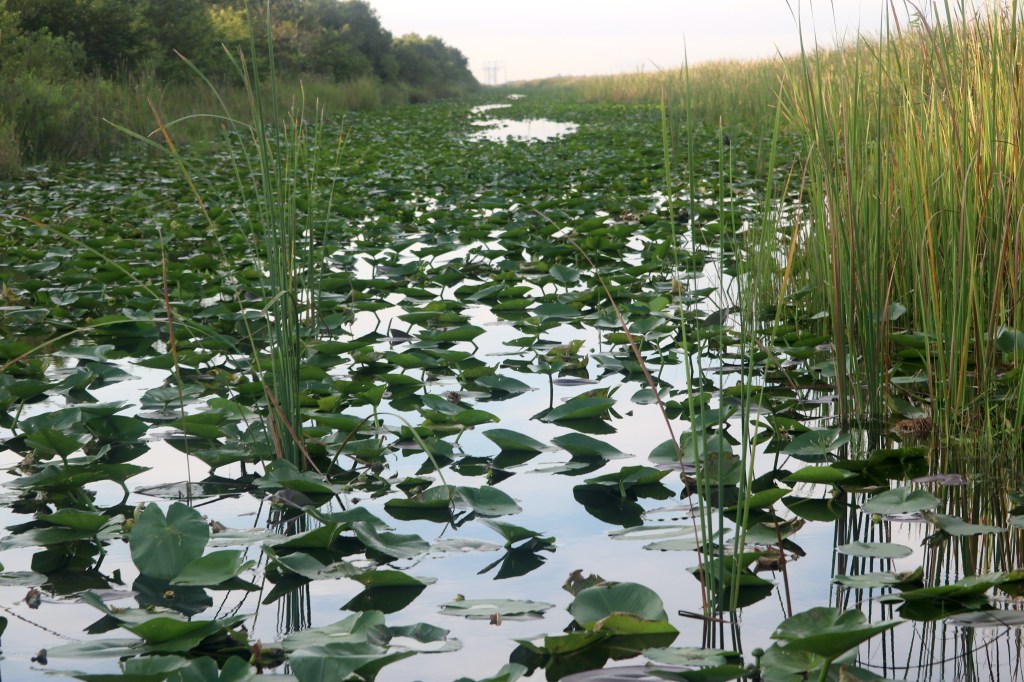
ISLAMORADA, Fla. — When people think of the Florida Everglades, their visions automatically shift to vast swamps filled with alligators, wading birds and colorful exotic fish species.
They don’t think of Mickey Mouse, the Hulk Coaster at Universal Studios or even the bass fishing mecca of Lake Okeechobee. But the true path of the Everglades begins near Orlando with the Kissimmee River, with water discharging into Lake Okeechobee and trickling southward until it empties into Florida Bay near cities made famous by Jimmy Buffett and the Beach Boys, like Miami, Key Largo and Islamorada.
In all, this American environmental treasure covers 7,800 square miles — and unfortunately, its future is anything but assured.
“The Everglades is just an unparalleled outdoor experience,” said Steve Davis, chief science officer for The Everglades Foundation. “You could spend a month down here and still not fully experience it all.
“But there are serious problems that need to be addressed, and that takes time. It took us a hundred years, literally, to put ourselves in this position. None of the problems we’re facing can be fixed overnight.”

Long ago, before man intervened, Lake Okeechobee — a bass fishing paradise known as the “Heart of the Everglades” — was simply a natural lake. When it flooded, water flowed south to the swamps of the Everglades, where it was filtered through what’s known as the “River of Grass” and provided pristine habitat for all manner of swamp creatures, flora and fauna, and finally saltwater fish in Florida Bay.
But after numerous disastrous floods caused by Florida’s frequent hurricanes, the Herbert Hoover Dike was constructed around the lake with floodway channels, control gates and major levees that basically turned Okeechobee from a natural body of water into a managed reservoir.
The dike was expanded many times through the years, and eventually, plumbing was installed to divert overflow water from Okeechobee east to the St. Lucie estuary and west to the Caloosahatchee estuary. Since Okeechobee is filled with very nutrient-rich water, this often causes harmful blue-green algal blooms in these vital coastal regions — and because they are deadly to fish and wildlife in those areas, it caused angst toward Okeechobee.
“The Everglades is no doubt a national icon,” said B.A.S.S. Conservation Director Gene Gilliland. “A lot of people don’t realize Lake Okeechobee is part of the Everglades, but it is — and with where it’s sitting, it receives a vast amount of runoff from the North. That causes the lake to get caught in the middle of a lot of controversy.
“That runoff is, depending on what you choose to call it, very nutrient-rich or very polluted.”

All of that means the people to the East and West don’t want the water from Okeechobee, and the people in the South who need it for Everglades restoration can’t get it fast enough.
“It gets back to the 2,000 miles of canals and levees that were dug,” said Bill Cooksey of Vanishing Paradise and the National Wildlife Federation. “Roads that were built as dams across the river of grass, redirecting the flow of water from the lake instead of allowing it to go south caused some major issues.
“That new plumbing sent it east and west and carved out a huge area south of Okeechobee that used to be the headwaters of the Everglades. They carved that out and disconnected the ecosystem from the headwaters supply.”
Simply removing that plumbing, which was constructed by the U.S. Army Corps of Engineers, would flood millions of homes and permanently change the landscape of Florida in a way that no one wants to see. So, alternative methods have been devised for restoring the Everglades while still allowing people to live the “Florida good life” as it’s come to be known.
Multiple stormwater treatment areas (STAs) are in the works to catch water from four directions — to the North before it enters Okeechobee and to the East, West and South when it exits. The STAs are basically giant lakes that will hold water until it can be treated for pollutants and sent where it is most desired.

The projects will take time, money — and most of all, patience.
“The key projects that will solve the majority of the problems are now either under construction or up for authorization,” Davis said. “Restoration to solve those fundamental problems takes large storage reservoirs. Below Okeechobee, that’s how we get water moving south again. But it also takes storage to the East and West and storage to the North.”
Davis said those projects aren’t as far off as some people might think.
“The STA to the South is already under construction, and I’m thrilled to say that the storage reservoir to the north of Lake Okeechobee is hopefully going to be authorized by Congress later this year,” he said. “We’d like to see it under construction as soon as possible. It’s those four reservoirs combined that will help us manage the lake in a much more ecologically friendly way.
“It’s the storage to the South that helps to cut the unwanted discharges and send flows to the Everglades. Then the reservoirs to the east and west will help with the problems that are kind of artifacts of the way we re-plumbed water and drained much of our wetlands. It takes all of those pieces. Without even one piece, it won’t work.”

As those pieces are coming together, Davis urged people to familiarize themselves with the problems facing the Everglades, along with other environmental problems around the country. He stressed that American hunters and anglers are some of the greatest conservationists in the history of the world, and they need to be concerned with what’s happening all over the country, not just in their own backyard.
Most of all, he stressed that word again — patience.
“I understand that people’s patience is running thin,” Davis said. “If you’re not a student of history, you don’t understand the challenge. It took us a hundred years, literally, to put ourselves in this position. We’ve been polluting our landscapes and water bodies for decades. We can’t just snap our fingers and solve that problem. It takes time, commitment and certainly resources. It might even take innovations that help us do this faster and cheaper.
“So, we’re looking at all those options because we’re continuing to pollute our water bodies. Even if we could clean up the flows going into Lake Okeechobee, there’s still a lot of legacy pollution in Okeechobee. How do we remove that, we don’t have an answer for that. But we’re dedicated to finding one.”

For more information on the problems facing the iconic Florida Everglades, visit Evergladesfoundation.org.





